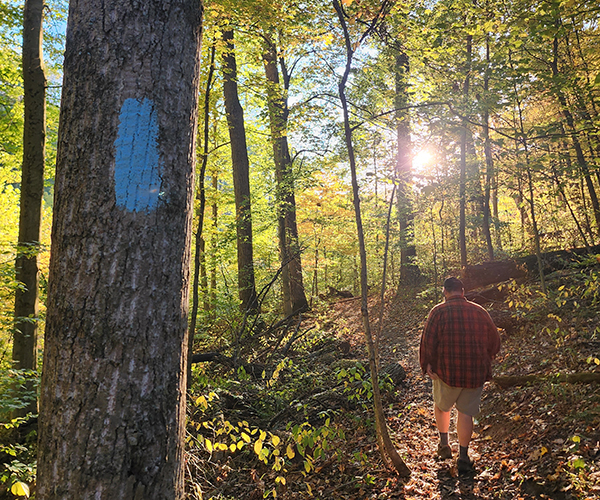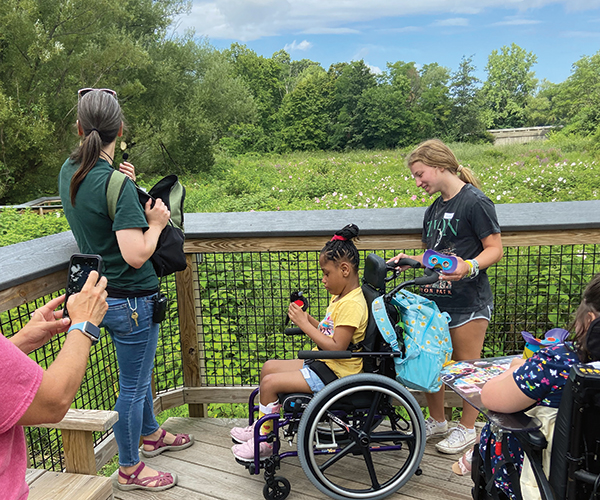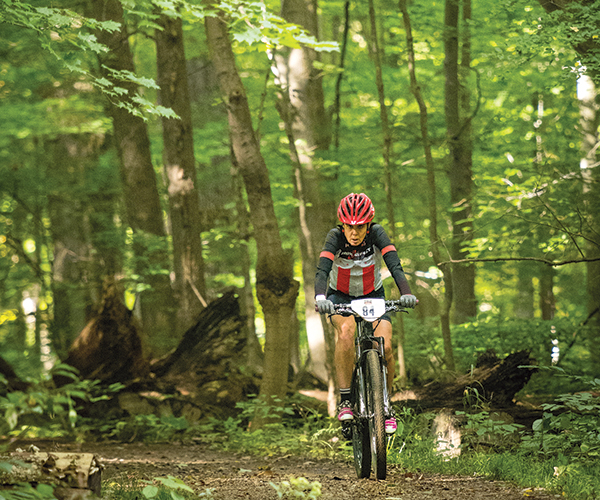We love our water ... fast
Gauley River, West Virginia
It's the Mountain State, but West Virginia is famous not for its hills, but for its whitewater rivers, especially the Gauley. Ranked among the top 10 raftable rivers in the world (some of which I've rafted), the Gauley River makes my heart pound just thinking of it.
I can remember the first time I rafted the Upper Gauley, which drops 335 feet in less than nine miles and passes through 40 rapids, five of them Class V (on a scale of I to V). At the launch point, I stood amid the spray and roar of water issuing from Summersville Dam and questioned my sanity. Then we pushed away from the bank and were swept away like a leaf in a flood.
The first Class V came up immediately — a doozy called Insignificant, a misnomer of epic proportions. Paddling furiously, we dodged house-sized boulders, slipped over a rock shelf, scuttled across the flow and dropped into a frothing bowl.
We soon settled into a paddling rhythm, responding instantly to our guide's shouted instructions. At the Class V Pillow Rock, we watched the raft before us become pinned against a rock and spill some of its crew into the water. When it was our turn and our guide told us to "dig hard," we paddled as if our lives depended on it, and perhaps they did. Our final Class V of the day was the famous Sweet's Falls, which dropped us, screaming, over a 14-foot waterfall.
Most roller-coaster rides are over in a minute. When you raft the Gauley, the thrill lasts all day — and there's no waiting in line.
Mild Ride
For a tamer trip than a Gauley adventure, navigate toward the New River. A high-volume river coursing through a narrow canyon, the New generates big, oscillating waves that swirl around boulders and tumble through rapids with names such as Surprise and Bloody Nose. There's time to drift between rapids, admire the surrounding wilderness and hear guides' stories of the days when the New River Gorge echoed with the sounds of timbering an coal mining.



